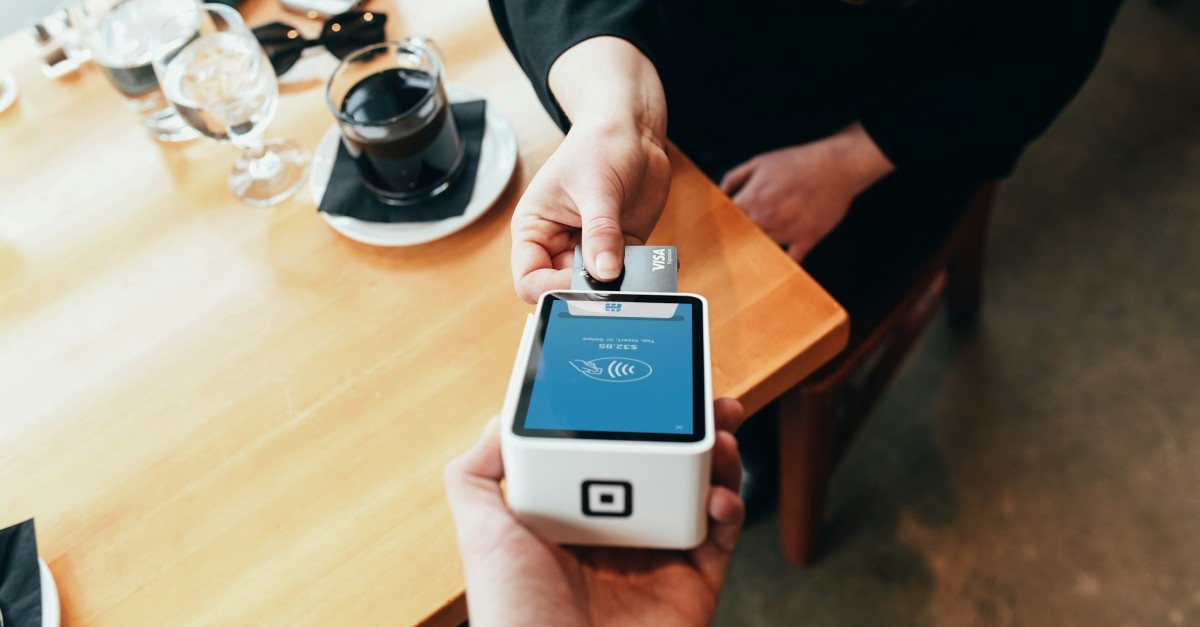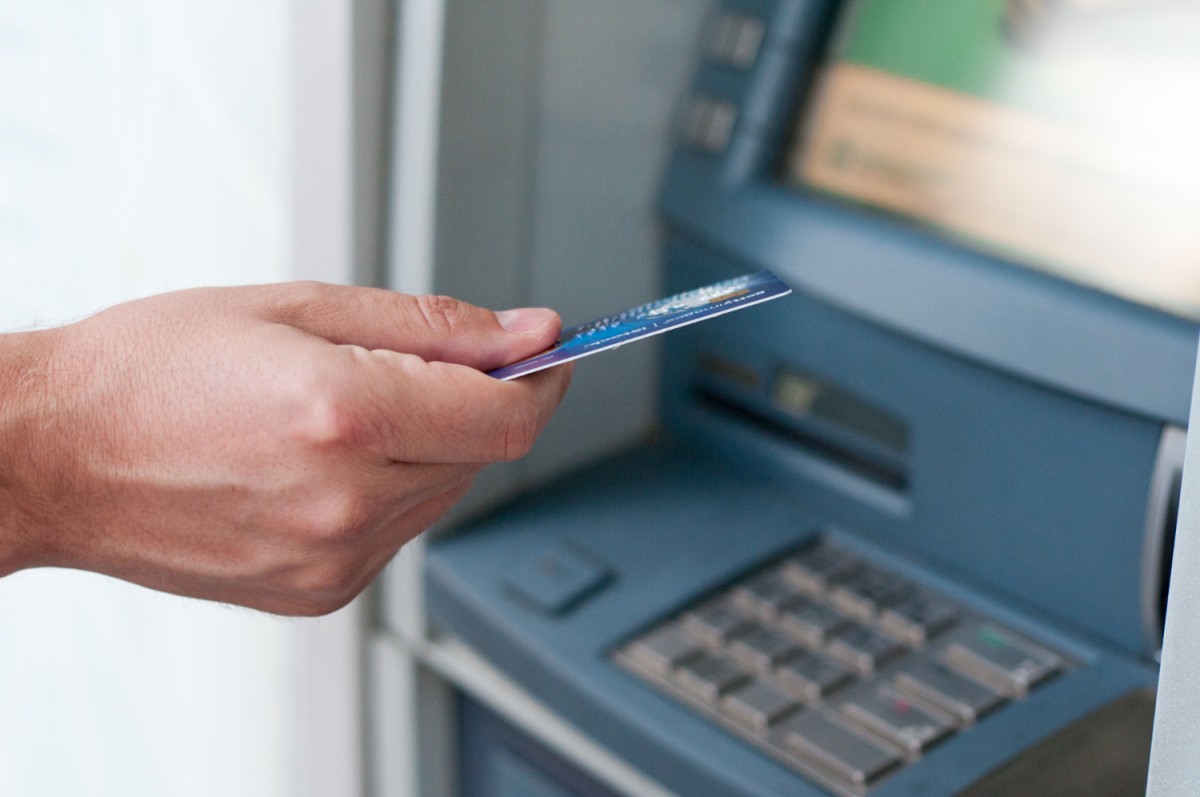
The routines of our daily lives make us deal with different acronyms, especially in the economic and financial sector. This is something that's even more challenging for expats and foreigners living in Portugal, as these concepts can be completely different compared to one's home country. For example, NIB and IBAN, as well as BIC/SWIFT, are common codes that allow the identification of accounts and banks (as is the case with NIB and IBAN) or only banks (as is the case with BIC/SWIFT).
NIB is a banking code that is well known to the Portuguese population. However, it is increasingly less used due to a change that occurred in 2016. After this change, NIB was replaced by IBAN in most bank transfers and nowadays is usually only used in transfers made at ATMs. It is important to distinguish these codes and understand that each of them has its own meaning. Additionally, there are specific contexts for their use. This is everything you need to know about the difference between the NIB and IBAN in Portugal.
What is a NIB?
The acronym NIB stands for "Número de Identificação Bancária" meaning Bank Identification Number. It is the national name for the Basic Bank Account Number (i.e. BBAN). The NIB is made up of a set of 21 digits spread over four parts:
- First part: the initial 4 digits indicate the financial institution's code assigned by the Bank of Portugal;
- Second part: the following 4 digits indicate the branch code of the financial institution where your account is held. As many banks no longer use this code, it has become common for these four digits to be 0000;
- Third part: the next 11 digits represent the bank account number;
- Fourth part: the last 2 digits are security control digits.
A major change: NIB replaced by the IBAN
The IBAN replaced the NIB as of February 2016, when it began to identify bank accounts. This change came as a consequence of harmonisation efforts by the European Union, aimed at ensuring greater security and expediting credit transfer and direct debit operations.
Thus, the Single Euro Payments Area (SEPA) was established. The creation of this area allowed for the harmonisation of payment rules across the entire European community, leading to some changes in the banking system.
Now, making a transfer to an account in Portugal costs the same as making a transfer to any other country in Europe that is part of the SEPA zone. Have you noticed that there are no price differences? This was one of the changes that proved to be most advantageous for everyone. The differences between national and cross-border payments have been eliminated.
It was necessary to make this change in the identification of bank accounts, including the country where the account is held.

What is an IBAN?
The acronym IBAN stands for International Bank Account Number. It was in the year 2016 that IBAN emerged. IBAN combines the country code and the BBAN, which represents a specific bank account number for each nation.
In Portugal, the IBAN consists of 25 characters. However, the same does not apply to all countries. There are nations where the number of characters varies, depending on the number of digits in the respective BBAN.
For example, in France, the number is higher, while in Belgium, it is much lower. While the French IBAN has 27 characters, the Belgian IBAN has 16 characters.
As mentioned, in Portugal, the IBAN has 25 characters distributed across three sets, as follows:
- First part: consists of two initial characters which are the country code. The code for Portugal is PT;
- Second part: the following two digits are control digits and are also part of Portugal's code;
- Third part: consists of the 21 digits corresponding to the NIB.
You can consult the bank and branch codes in the lists published by Banco de Portugal.
What does the acronym BIC/SWIFT stand for?
Another common acronym you should be able to identify is BIC/SWIFT. BIC stands for Bank Identifier Code, which is a unique code identifying the bank.
These codes are managed by SWIFT, which stands for "Society for Worldwide Interbank Financial Telecommunication". Therefore, both acronyms are often seen together. Hence, the bank code is commonly referred to as BIC/SWIFT.
The BIC/SWIFT code consists of 8 or 11 characters, namely:
- First part: the first 4 letters identify the bank;
- Second part: the next 2 letters identify the country;
- Third part: the following 2 letters refer to the bank's location and the status of the code (L stands for an active code);
- Possible fourth part: the last 3 letters (optional) allow identification of the branch or headquarters (identified with XXX).
Thus, the BIC/SWIFT has only 8 characters when the last letters do not exist.
For example:
If we consider the BIC/SWIFT of Novo Banco, we can see that it is BESCPTPL. Therefore, in this case, the distribution is as follows:
- First part: the letters BESC are the bank code;
- Second part: PT represents Portugal;
- Third part: PL represents the location, where L means the code is active.
Generally, the BIC/SWIFT is used in transactions with countries that have not yet adopted the IBAN and aim to strengthen identification guarantees for a financial transaction to be completed.

How can I find out my NIB, IBAN AND BIC/SWIFT?
It's possible to identify these codes and the process is simple because they are present on your bank statement. However, they can also be obtained from your online banking if you have the opportunity to access your account data. On top of this, they can also be obtained at the bank branches.
Additionally, there is the option to check this information at ATMs, simply by selecting "Other operations" (Outras operações) and then "IBAN/NIB issuance (Emissão de IBAN/NIB)".
How to make a bank transfer via ATM with the IBAN?
This process is quite simple: you need to go to an ATM with your card and enter your PIN as if you were going to withdraw money. Afterwards, you need to select "Transfers" (Transferências) and then fill in the appropriate spaces with the required 25 characters.
Following this step, a window will appear with the name of the account holder who will receive the transfer and will identify the respective amount to be sent. Subsequently, you will need to confirm the operation if the data matches what you intended, or cancel it if it does not.
Can banks withdraw money without authorisation through the NIB?
When a transfer is made at an ATM to a specific NIB, it is possible to view and identify the account holder associated with that code. Therefore, you can confirm that the provided NIB is correct in a timely manner. This way, you can avoid transferring money to someone other than the intended recipient.
To prevent money from being withdrawn without your authorisation through the NIB or IBAN, a protocol was established between the Ministry of Finance and the banking system to ensure correspondence between the NIB and the NIF (Tax Identification Number) provided by taxpayers.
This agreement is particularly important in the context of refunds and tax reimbursements, especially in the case of IRS, and to confirm that the NIFs belong to bank accounts of which the taxpayers are indeed the holders.
Furthermore, through online banking services, the consumer must enter their credentials and insert a code before confirming bank transfers and payments. This step helps prevent your NIB from being used by others for their own benefit.
The replacement of NIB by IBAN aimed to ensure more speed and security whenever consumers make transactions, whether domestic or international. Therefore, for taxpayers, very little has changed.
It is important to note that, although the risks of disclosing your IBAN in Portugal are almost nil, it is important to monitor account activity to identify possible financial fraud promptly.






